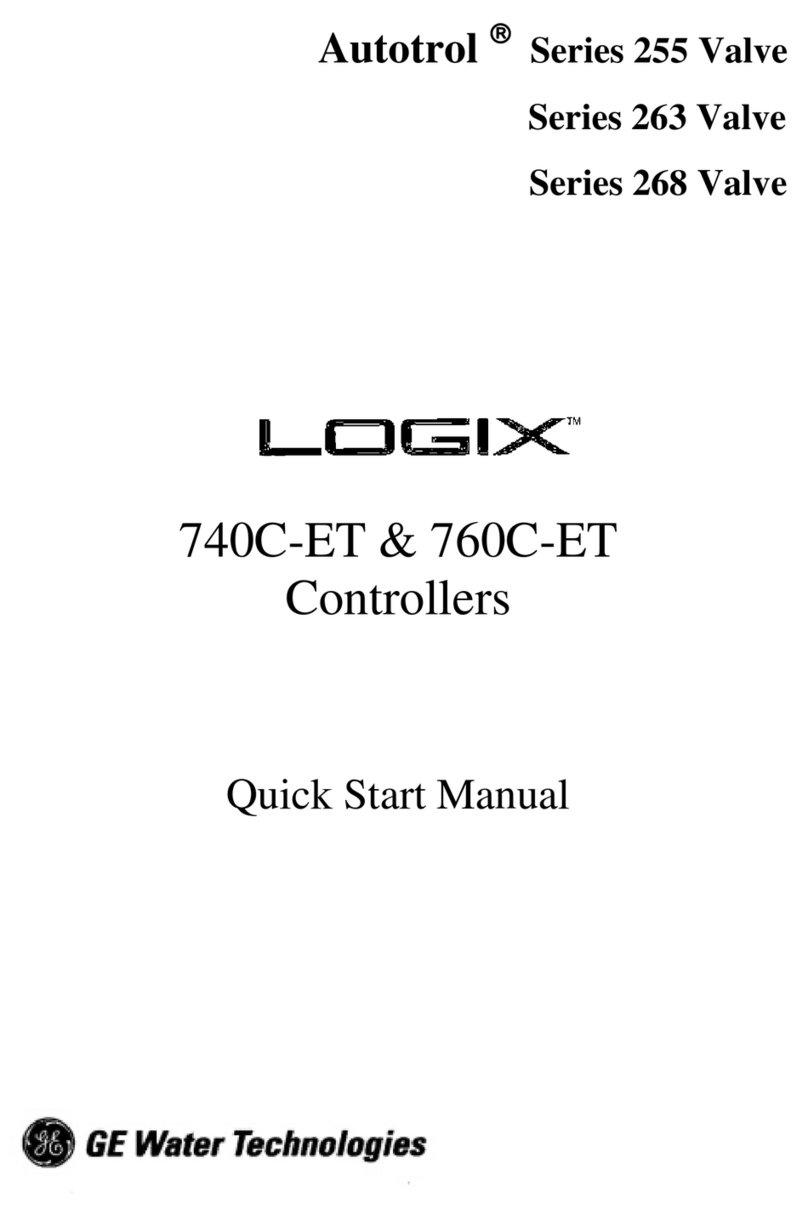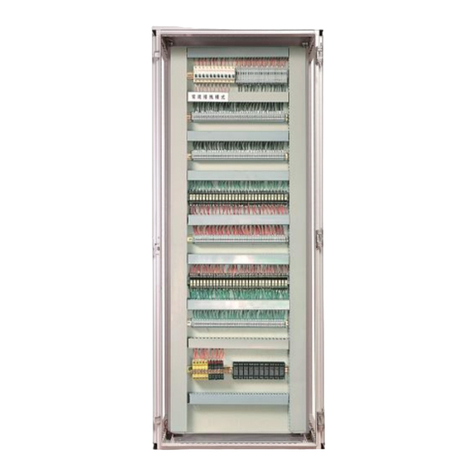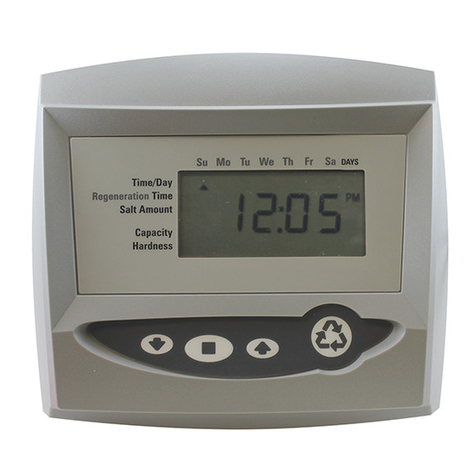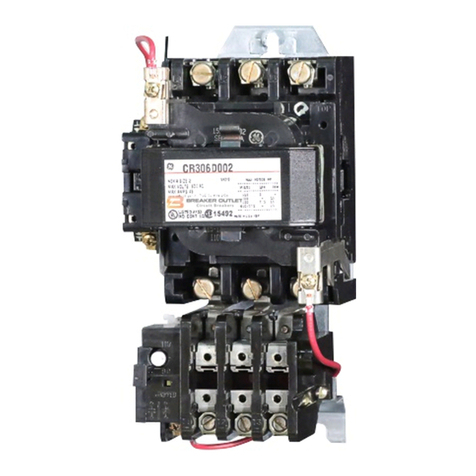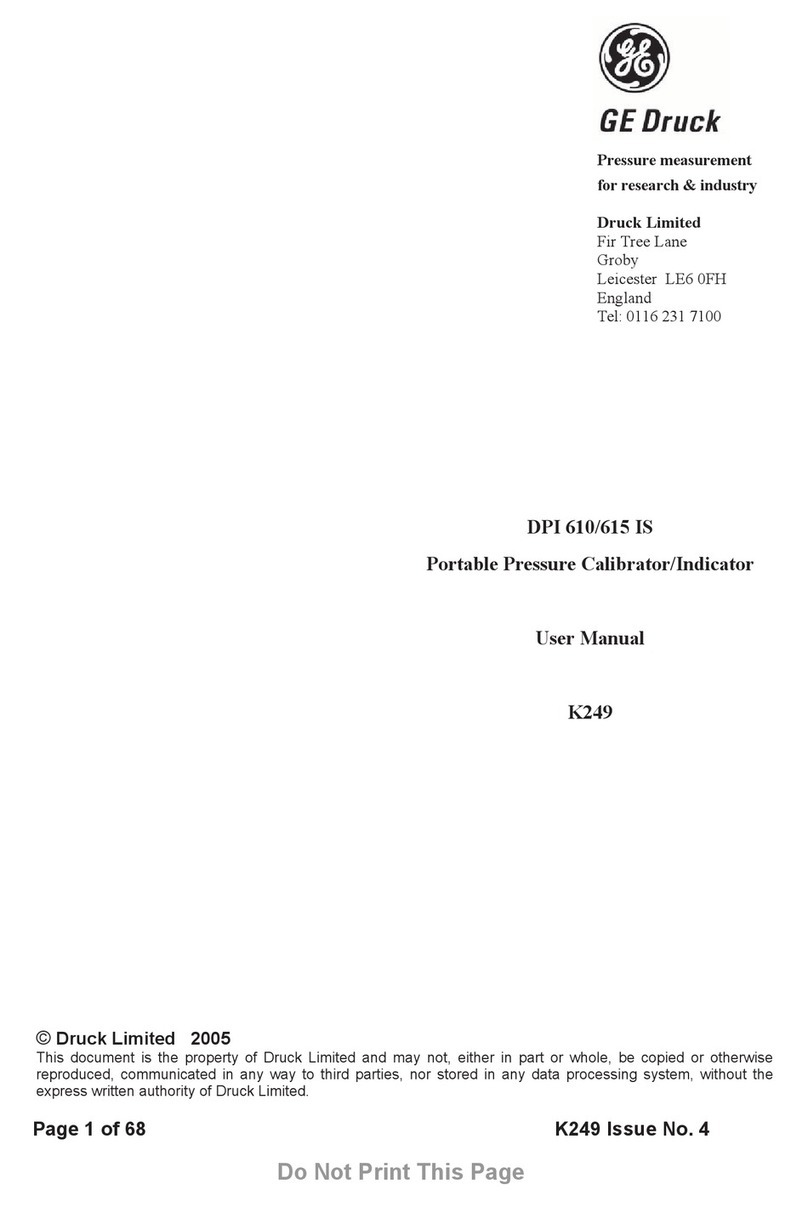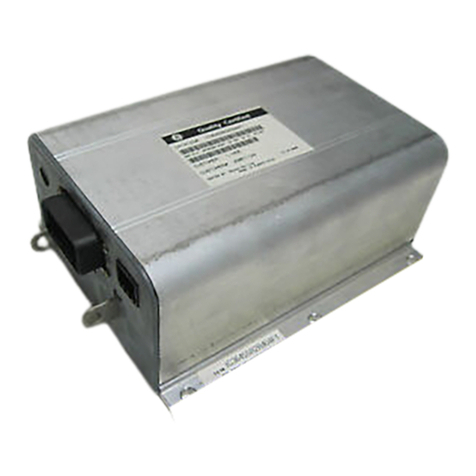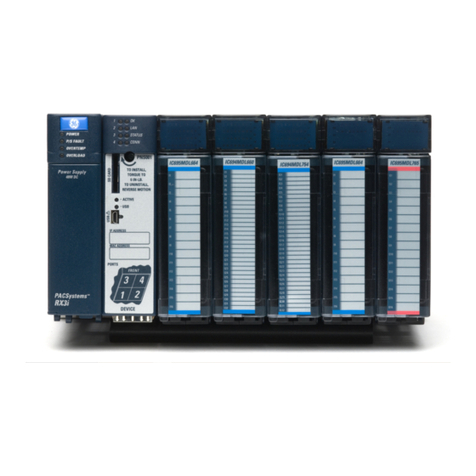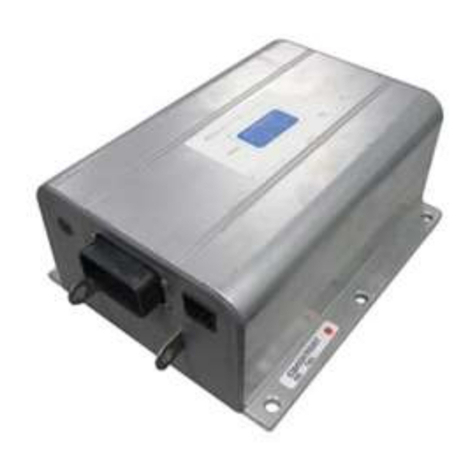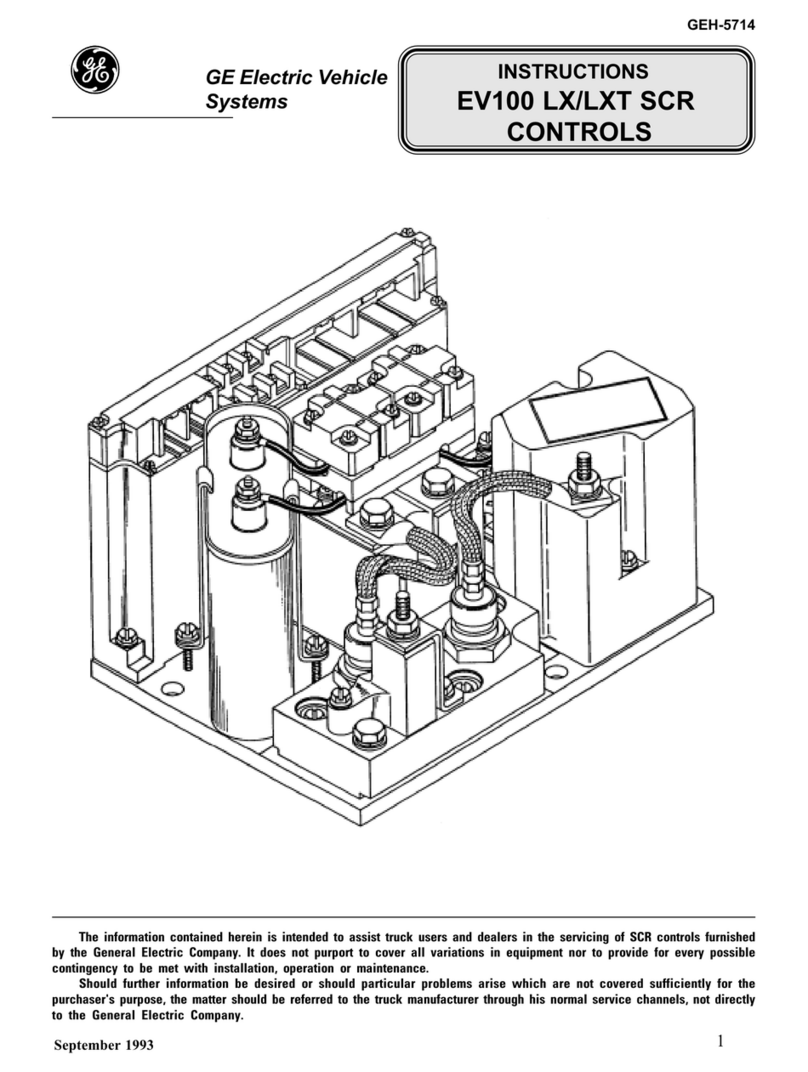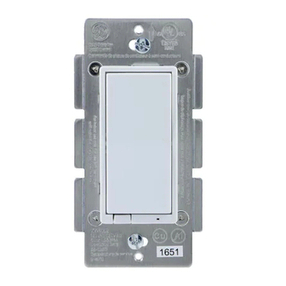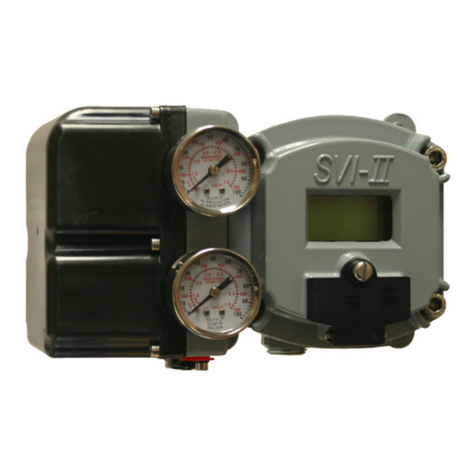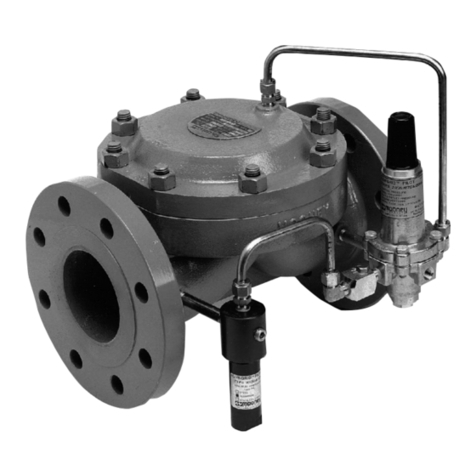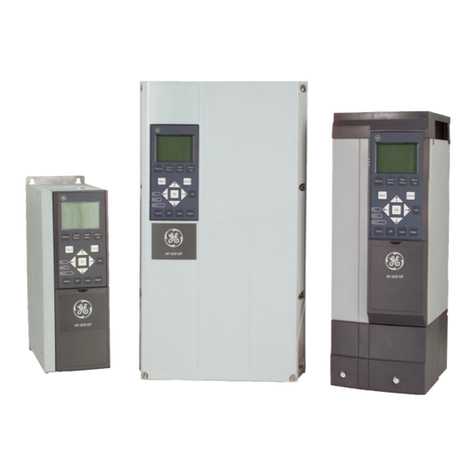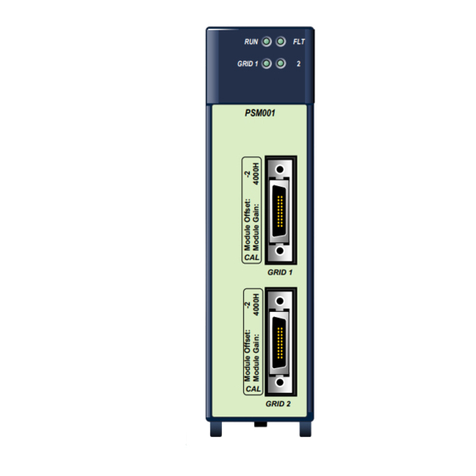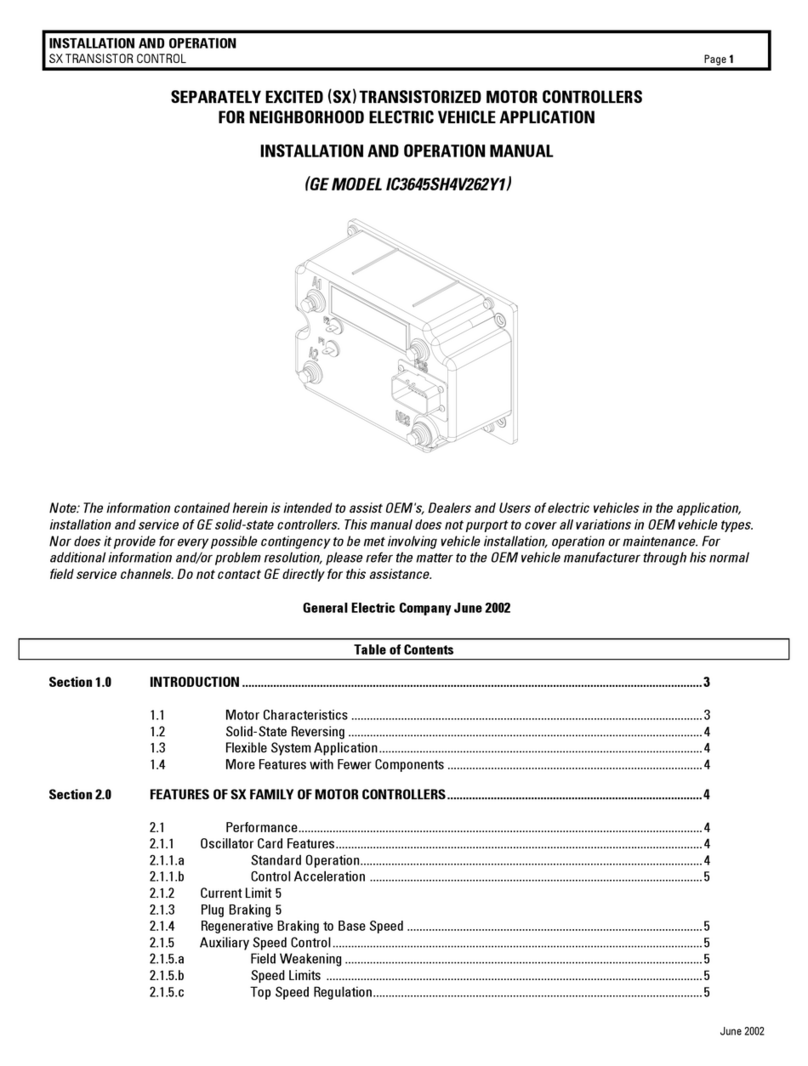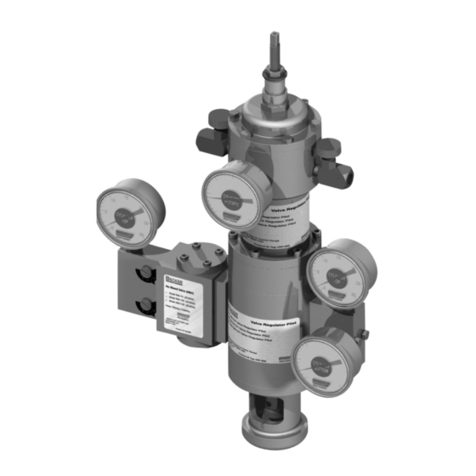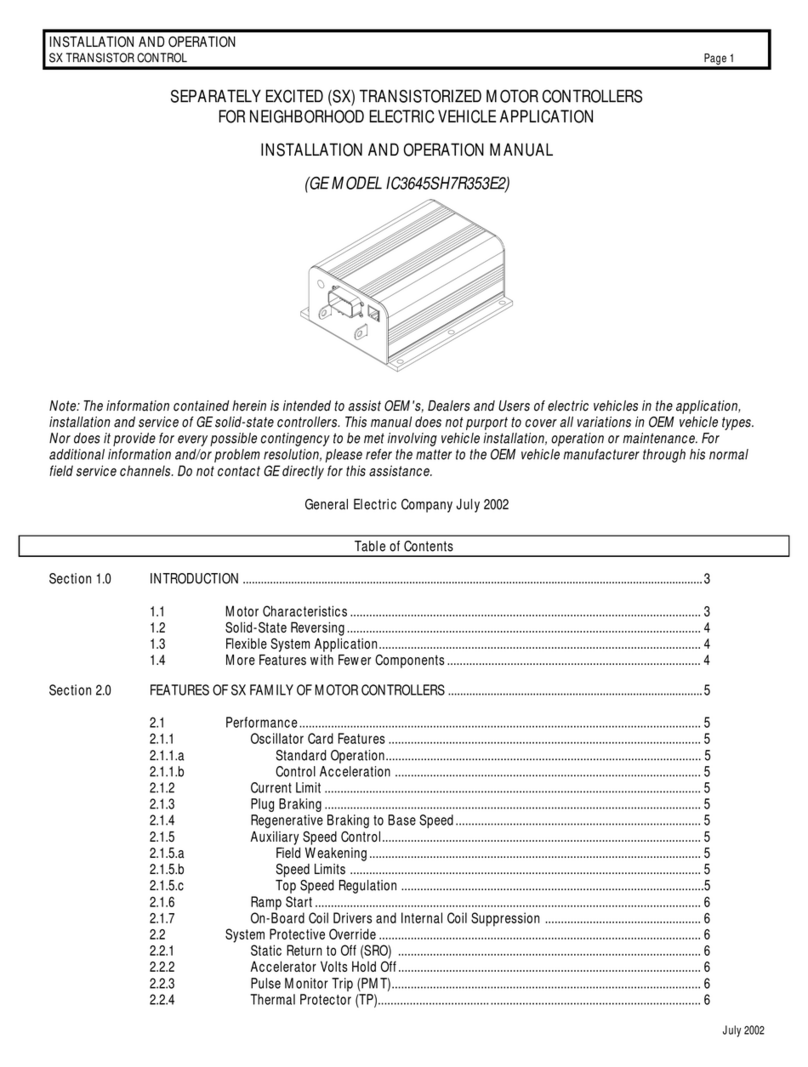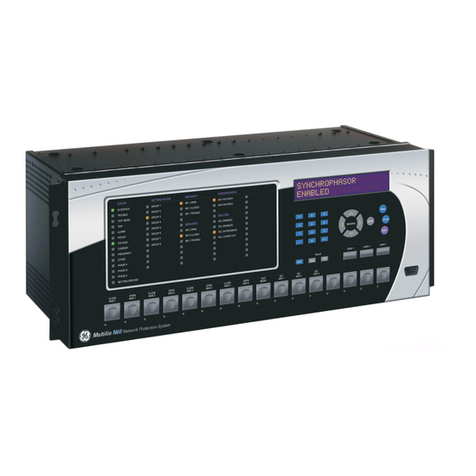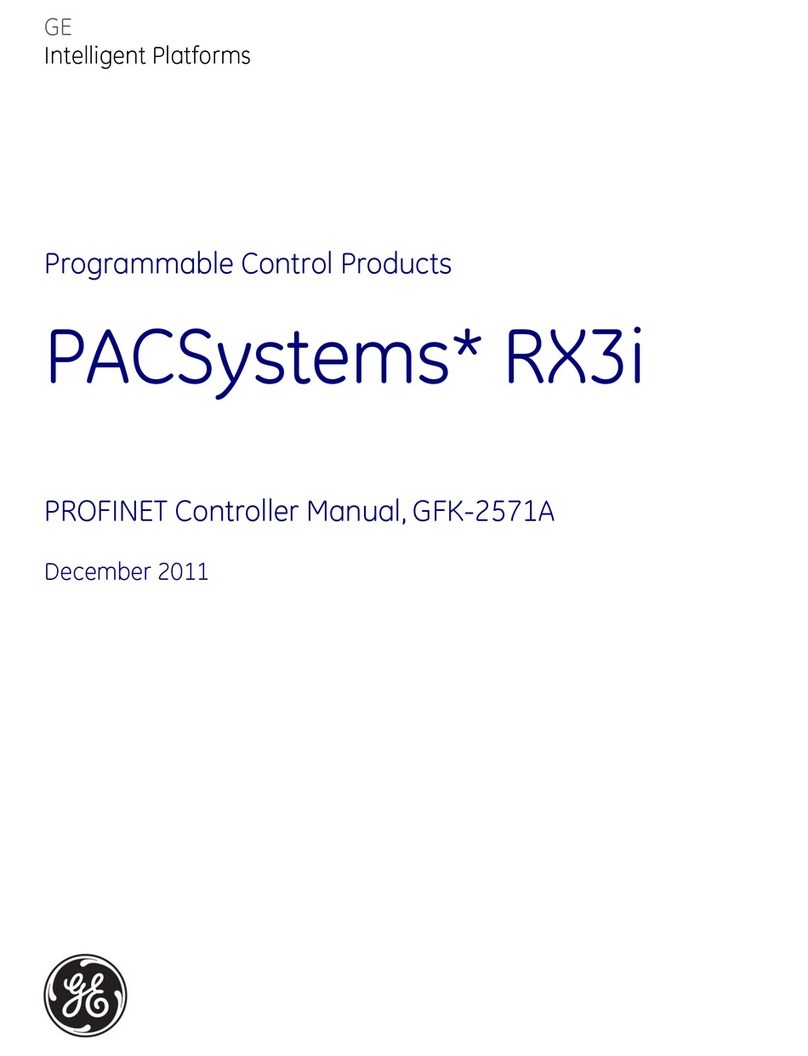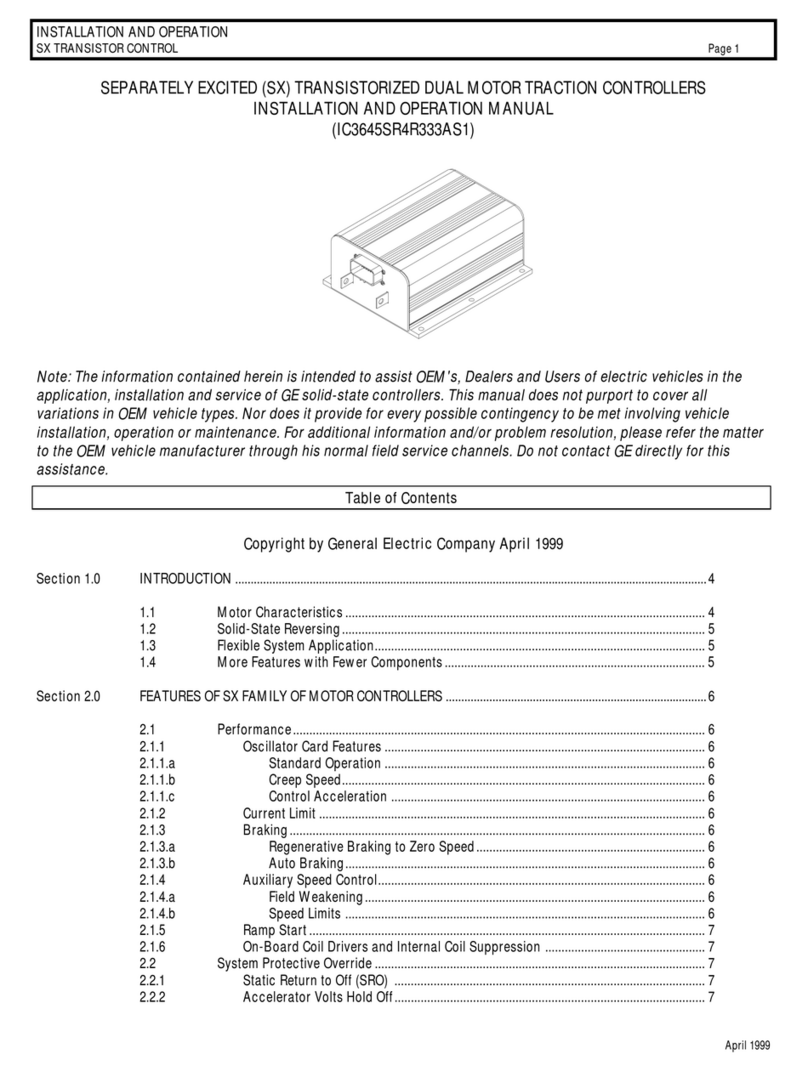
vi B30 BUS DIFFERENTIAL SYSTEM – INSTRUCTION MANUAL
TABLE OF CONTENTS
5.6.3 FlexLogic evaluation...................................................................................................... 5-156
5.6.4 FlexLogic example..........................................................................................................5-157
5.6.5 FlexLogic equation editor............................................................................................ 5-162
5.6.6 FlexLogic timers............................................................................................................... 5-162
5.6.7 FlexElements ..................................................................................................................... 5-162
5.6.8 Non-volatile latches.......................................................................................................5-166
5.7 Grouped elements .......................................................................................5-167
5.7.1 Overview ............................................................................................................................. 5-167
5.7.2 Setting group 1................................................................................................................. 5-167
5.7.3 Bus differential ................................................................................................................. 5-168
5.7.4 Phase current ................................................................................................................... 5-172
5.7.5 Neutral current................................................................................................................. 5-184
5.7.6 Ground current ................................................................................................................ 5-187
5.7.7 Breaker failure (ANSI 50BF)......................................................................................... 5-190
5.7.8 Voltage elements ............................................................................................................ 5-199
5.8 Control elements .........................................................................................5-204
5.8.1 Overview ............................................................................................................................. 5-204
5.8.2 Trip bus ................................................................................................................................ 5-204
5.8.3 Setting groups .................................................................................................................. 5-206
5.8.4 Selector switch................................................................................................................. 5-207
5.8.5 Digital elements............................................................................................................... 5-214
5.8.6 Digital counters................................................................................................................ 5-217
5.8.7 Monitoring elements ..................................................................................................... 5-219
5.9 Inputs/outputs .............................................................................................5-234
5.9.1 Contact inputs.................................................................................................................. 5-234
5.9.2 Virtual inputs..................................................................................................................... 5-236
5.9.3 Contact outputs............................................................................................................... 5-237
5.9.4 Virtual outputs.................................................................................................................. 5-241
5.9.5 Resetting ............................................................................................................................. 5-241
5.9.6 Direct inputs and outputs ........................................................................................... 5-241
5.9.7 Teleprotection................................................................................................................... 5-245
5.10 Transducer inputs/outputs........................................................................5-247
5.10.1 DCmA inputs...................................................................................................................... 5-247
5.10.2 RTD inputs .......................................................................................................................... 5-248
5.10.3 DCmA outputs .................................................................................................................. 5-249
5.11 Testing ...........................................................................................................5-252
5.11.1 Test mode function ........................................................................................................5-252
5.11.2 Test mode forcing........................................................................................................... 5-253
5.11.3 Force contact inputs ..................................................................................................... 5-253
5.11.4 Force contact outputs .................................................................................................. 5-254
6 ACTUAL VALUES 6.1 Actual Values menu.........................................................................................6-1
6.2 Front panel........................................................................................................6-3
6.3 Status.................................................................................................................6-4
6.3.1 Contact inputs........................................................................................................................6-4
6.3.2 Virtual inputs...........................................................................................................................6-4
6.3.3 RxGOOSE boolean inputs ..................................................................................................6-4
6.3.4 RxGOOSE DPS inputs...........................................................................................................6-4
6.3.5 Teleprotection inputs ..........................................................................................................6-5
6.3.6 Contact outputs.....................................................................................................................6-5
6.3.7 Virtual outputs........................................................................................................................6-5
6.3.8 RxGOOSE status.....................................................................................................................6-6
6.3.9 RxGOOSE statistics...............................................................................................................6-6
6.3.10 Digital counters......................................................................................................................6-6
6.3.11 Selector switches ..................................................................................................................6-7
